McLaren was forced to ask the FIA for a special exemption ahead of the sole practice session for the Qatar Grand Prix after encountering issues with both of its cars, notably that of championship leader Lando Norris.
Ninety minutes before FP1, all 10 teams are requested to place one of its race cars in front of its garage for an hour, allowing media and fans with a pit lane pass a closer look, with the session known as 'Show and Tell'.
At the Lusail International Circuit, McLaren did not have a MCL39 on show for the majority of the session before finally wheeling Oscar Piastri's car into position, sparking speculation.
It has emerged that McLaren carried out unusual tests on Norris' car, in particular.
Sky Sports F1 pitlane reporter Ted Kravitz said: "McLaren had some issues with both of their cars, and they got an exemption from the FIA technical delegate, Jo Bauer, to delay putting a car out. They did get one out eventually.
"But they've been doing some non-destructive testing [NDT] of all the surfaces on Lando Norris' car. I'm yet to get to the bottom of why they've had to change various surfaces on Lando Norris' car. They've got a probe on all of the surfaces and are checking if there are any cracks for it.
"That would mean that they had to change it yesterday, but I saw the cars being built, and it was all ready."
Explaining the purpose of the NDT so close to practice, Bernie Collins, Sky Sports F1 technical analyst and Aston Martin's former chief strategist, said: "Most of the car is built with carbon fibre, which can crack internally.
"Basically, the little fibres can break up. There are loads of ways that that can happen, normally if you have contact with a wall. So, let's say the front right. You'd look at that front-right upper suspension, anything on that, and see if there are any cracks within it.
"Maybe they think that perhaps because of the porpoising the car was under last week in Vegas, they just want to double-check that it hasn't vibrated something within the car too much.
"But it's unusual to do that on a Friday morning, and not all day Wednesday and all day Thursday, when they would have been building up the car at the track, so maybe they've seen something when they fired the car up this morning.
"They've checked a load of sensors, zeroing them all before the car goes out on track, and maybe something in that showed up as being broken or not clear, and that's why they've ended up going through this non-destructive test.
"It's just a safety thing. It checks that the car is safe enough to run on track before it goes out."
Don't miss out on any of the Formula 1 action thanks to this handy 2026 F1 calendar that can be easily loaded into your smartphone or PC.
Download the calenderMost read
In this article

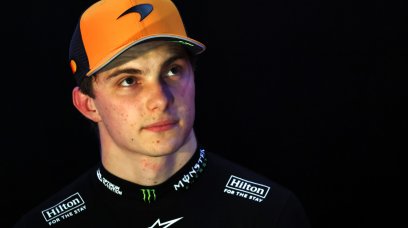
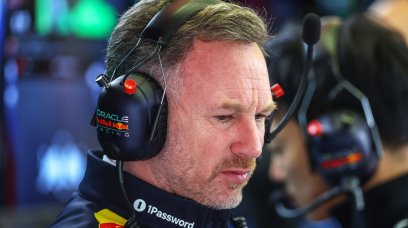
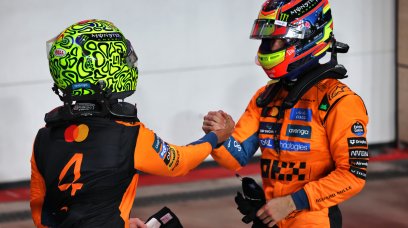
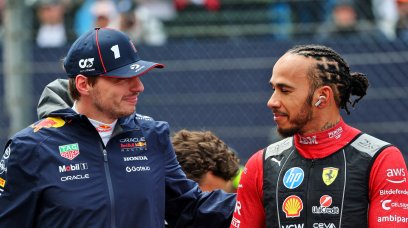
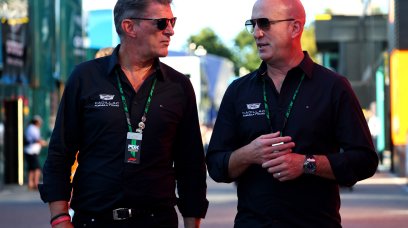
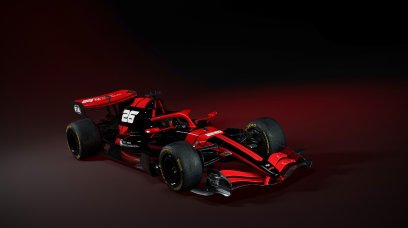
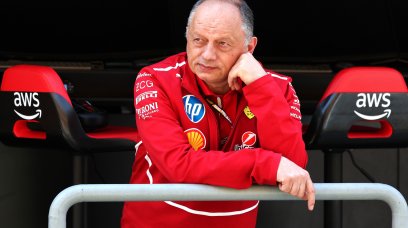
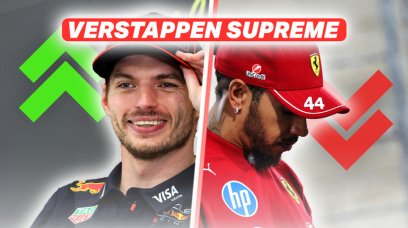
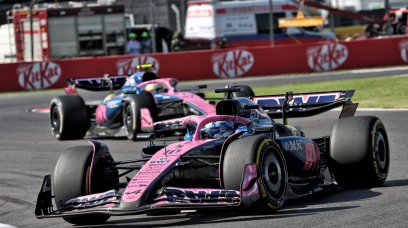
Join the conversation!